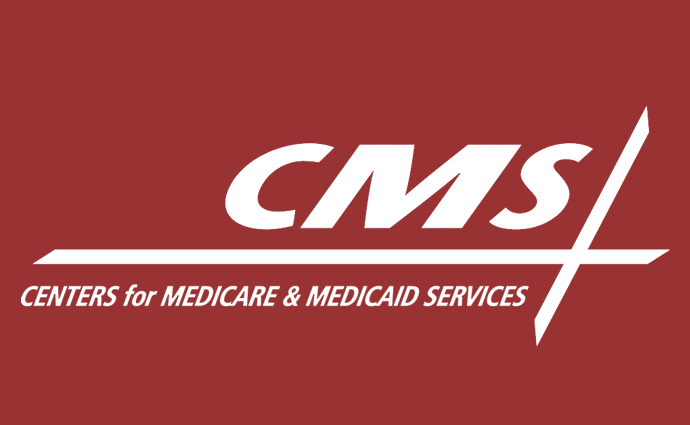Home Infusion Benefit, 1.3% Payment Boost in Home Health PPS Plan
The proposed home health PPS rule for CY 2020 and 2021 aims to keep patients at home with a permanent home infusion benefit and implement a new payment model.

Source: Xtelligent Healthcare Media
- CMS is considering a number of changes to the home health prospective payment system (PPS) in CY 2020 and 2021, including making the home infusion benefit permanent and further implementing a new reimbursement model for home health agencies.
In the proposed rule released last week, the agency announced that the home infusion therapy benefit could be implemented as soon as CY 2021. The benefit would cover home induction therapy, which is the administration of certain drugs using a durable medical equipment pump in the beneficiary’s home.
The benefit would also give beneficiaries the opportunity to receive critical infusion drug therapies at home. For example, beneficiaries would be able to receive anti-infectives, chemotherapy, or immune deficiencies treatment in their own homes versus the hospital or physician office.
The proposed inclusion of the home infusion therapy benefit is another effort by CMS to transition care to the home. The agency’s recent kidney care alternative payment model proposals share a similar goal.
“We are proud to announce the new permanent home infusion therapy benefit that will give patients the freedom to safely access critical treatments, such as chemotherapy, at home instead of traveling to the hospital or doctor’s office, improving their quality of life,” CMS Administrator Seema Verma stated in an announcement.
CMS also proposed updates to home health reimbursement under the new Patient-Driven Groupings Model (PDGM), CMS Administrator Verma pointed out.
PDGM will pay home health agencies based on patient characteristics rather than the number of therapy visits starting in 2020. The federal agency finalized the new home health payment system in November 2018.
To prepare home health agencies for changes associated with the implementation of PDGM, CMS proposed a 1.3 percent, or $250 million, home health reimbursement increase in CY 2020. The payment update also includes the home health payment update as mandated by the Bipartisan Budget Act (BBA) of 2018, a decrease in aggregate payments due to reductions made by the new rural add-on policy (mandated by the BBA of 2018), and a change to the 30-day unit of payment.
The recently proposed rule signals CMS’ commitment to shifting home health agencies to a value-based reimbursement system as soon as possible. But home health stakeholders still question the benefits of PDGM.
“The proposed rule continues the harmful application of a ‘behavioral adjustment’ that CMS established during the 2019 rulemaking, actually increasing the resulting rate reduction to 8.01 percent from 6.42 percent last year,” William A. Dombi, the National Association for Home Care & Hospice’s (NAHC) president, said in an emailed statement.
“As such, the disruptive impact of instituting a completely new payment model is compounded by a rate reduction that is wholly based on conjecture and assumptions,” he continued. “It appears we need the wisdom of Congress to intervene and stop this proposal from becoming reality. NAHC supports sensible payment reform. While the payment model reforms include sensible changes, the behavioral adjustment is neither sensible or warranted. Thankfully, there is bipartisan, bicameral legislation pending that can fix this serious flaw in the new payment model.”
While home health leaders hope for PDGM changes in future CMS and Congressional rulemaking, the organizations can expect other changes to how Medicare pays for home health care. For example, CMS proposed to eliminate the home health pre-payment program known as Request for Anticipated Payment (RAP).
The federal agency aims to address Medicare fraud issues stemming from the pre-payment service. The agency and law enforcement officials have noticed a significant uptick in home health agencies receiving a considerable amount of upfront payments, never submitting final claims, and shuttering their doors.
To improve program integrity, CMS plans to phase out RAP payments in CY 2020 by reducing the RAP split-percentage payment to 20 percent for existing home health agencies. The program will be done by CY 2021 if the rule is finalized.
“CMS believes that phasing out the RAP may mitigate potential fraud and is an important step in paying responsibly and appropriately for home health services,” the agency stated in a fact sheet.
Other proposed changes included in the home health PPS rule for CY 2020 and 2021 included:
- Allowing therapist assistants to deliver maintenance therapy under the Medicare home health benefit
- Adding two quality measures that assess the transfer of health information to the Home Health Quality Reporting Program (HH QRP)
- Adopting standardized patient assessment data elements in the HH QRP to assess cognitive function and mental status, special services, treatments and interventions, medical conditions and comorbidities, impairments, and social determinants of health
- Removing of the Improvement in Pain Interfering with Activity Measure (NQF #0177) from the HH QRP and Question 10, regarding pain communication, from the home health CAHPS Survey
- Publicly reporting Total Performance Scores (TPS) and TPS percentile rankings from the Home Health Value-Based Purchasing model
CMS plans to officially publish the proposed rule on the Federal Register on July 18. Stakeholders will be able to comment on the proposed rule shortly after that date.
